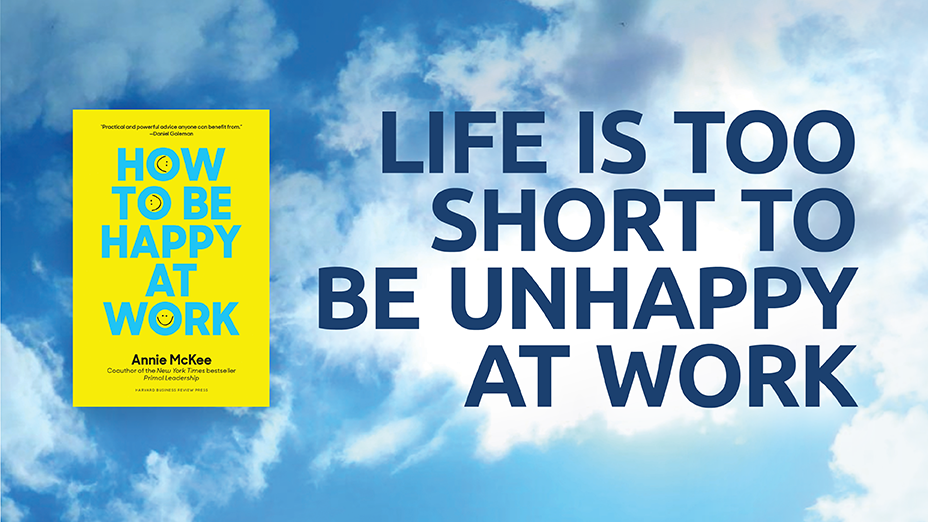In a chaotic business environment, someone in your organization needs to be Champion of Change so you channel your inner innovator and lead transformation, create disruption, and blue ocean your way back to the top. You organize an offsite at the RitzCarlton in Maui to present a strategy that will increase the “Return on Wow” (ROW). You print posters that say, “ROW Together!” and you bring in Ladysmith Black Mambazo to lead the company in a musical performance of “Row Your Boat”.
Sadly, this isn’t far off from how some business leaders think. When faced with seismic change, leaders tend to default to one of two approaches:
THEY KICK IT OLD SCHOOL
There’s a reason your CEO got his MBA. He’s been desperately waiting for a chance to apply his learning. It’s as if Henry Mintzberg is in a breakout room screaming, “Release the hounds!” And boy, does he.
Before you can say “move the needle,” he’ll bring in consultants to re-craft the mission, hire a facilitator to reimagine the vision, complete a SWOT analysis leading to the Four Pillars of Success, apply to be certified for the latest iteration of ISO 9000, initiate a full CX review so the company can truly become customer-centric, and, naturally, redesign the logo, write a new tagline, and change his title to “Chief Excitement Officer.”
Here’s the problem: It takes an entire organization working together in complete unison to really drive organizational momentum and growth. And 99.9999 percent of the organization didn’t go to business school, doesn’t care about strengths, weaknesses, opportunities, or threats, and has never known the difference between Mission and Vision, let alone how either of them relate to specific functions on the front line. Old-school kickers try to change the organization with McKinsey Quarterly while most of their people are checking out BuzzFeed.
THEY KICK IT NEW SCHOOL
“You know what this organization needs to become a category of one?” your leader asks the emotionless faces crammed into the main boardroom and waiting for the big brilliant reveal. “Snapchat.”
Yup, when your organization’s ecosystem changes, some think the best strategy is to throw money at contemporary tactics even though the C-suite has a rudimentary understanding of the new platforms (at best). So you’re directed to start purchasing hardware and software for a Big Data push to the cloud, organize Hack-a-Thons to unearth a culture of disruption, start running ads on Instagram, install vending machines that only accept crypto currency, create an innovation “lab” so your clients think you’re cooler than you are, and go all-in on social by building a nimble war room so you can tweet stuff during the Oscars. Also, uh... something-something Blockchain.
Without a strategic foundation, a responsible approach to development, or a full understanding of the people and process implications, these tactics are rarely successful and, worse, are obsolete when 2.0 launches.
Look, I’m not anti-education (Cha Gheil!) and I don’t complain about the downtown elites in management with their big fancy degrees. I actually helped launch an Executive MBA at a prestigious university, so I believe in the importance of academic models to business success.
Still, true organizational change doesn’t end with those biz school exercises, it starts with them. Most of the people within an organization have been through enough company-wide transformation initiatives to know that if they just wait long enough, there will be another one by soon enough. They don’t know who to trust, so spare them the lecture on why this time it’s really going to work.
So, what do you do?
Great organizations and great leaders align the actions of all those around them to generate momentum and growth. They don’t do this based on some perfectly written mission statement, a few hollow buzzwords, or by chasing the latest tactic.
They do it with these three pillars:
1. What they think.
2. What they do.
3. What they say.
THINK: WHAT DO YOU BELIEVE?
In 1970, Milton Friedman wrote, “The Social Responsibility of Business is to Increase Its Profits”. For close to 50 years, no one questioned it. In fact, many embraced Friedman’s essay to justify any activity that maximized shareholder return. Well, the world has changed and finally, the purpose of the corporation has changed along with it. The Business Roundtable, a group of 181 CEOs (acting for nearly 30% of total U.S. market capitalization), recently declared, “Each of our stakeholders is essential. We commit to deliver value to all of them, for the future success of our companies, our communities and our country.” The stakeholders they listed: Employees, Customers, Suppliers, Communities, Shareholders.
So, yea. The corporation has to believe in something that goes beyond what you sell. Organizations need to go from product to purpose. So do you. An organization can’t have a true purpose unless its leaders have a purpose. What do you believe in?
DO: WHAT DO YOU DO TO REINFORCE YOUR BELIEFS?
Customers and colleagues don’t know who to trust because for decades they’ve experienced companies and senior leaders claiming to believe in something, only to find out through organizational actions and personal behaviours, that they don’t.
Believing isn’t enough. You have to act with intent to reinforce your beliefs. These actions are based on who you do it for, what they want you to do, and who you do it with. Let’s face it, the people on your team shouldn’t read your values. They should experience them.
SAY: HOW DO YOU SPREAD THE WORD?
If you believe in something greater and you behave in ways that reinforce that belief, well, that’s worth talking about. And if you’re going to talk about it, do as great leaders do: Say it in an authentic, honest, and compelling way that sidesteps business bullshit to have real conversations.
These are complicated times and they’ll get more complex before they get simpler. The noise isn’t going away and the demands on people’s time are escalating. The trust those people have for companies, institutions, and leaders is eroding.
You can win that battle. You can think it. You can do it. You can say it.
They’ll look. They’ll listen. And we’ll all be better off for it. Go get ’em.





.png)




What Did You Think?